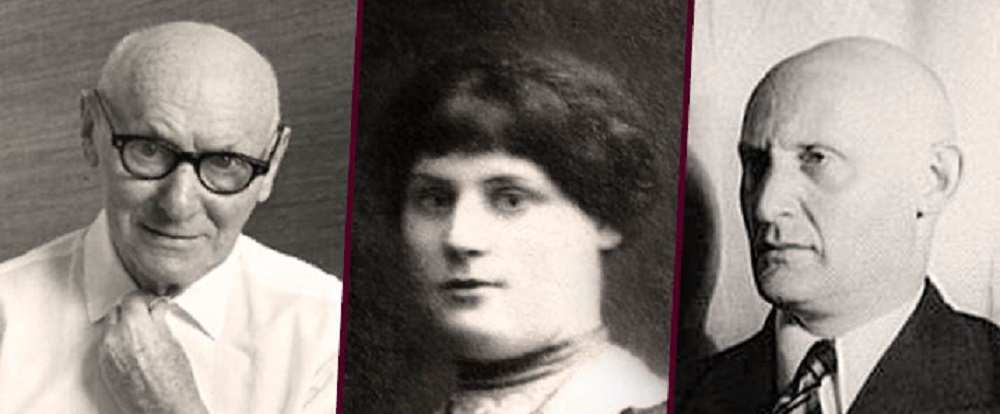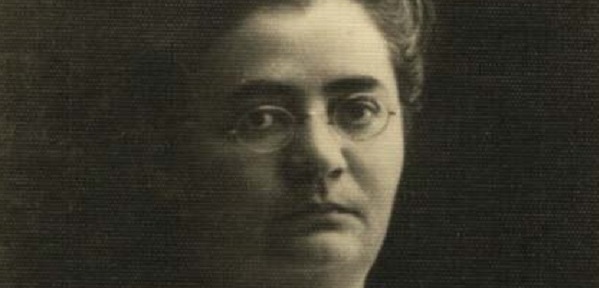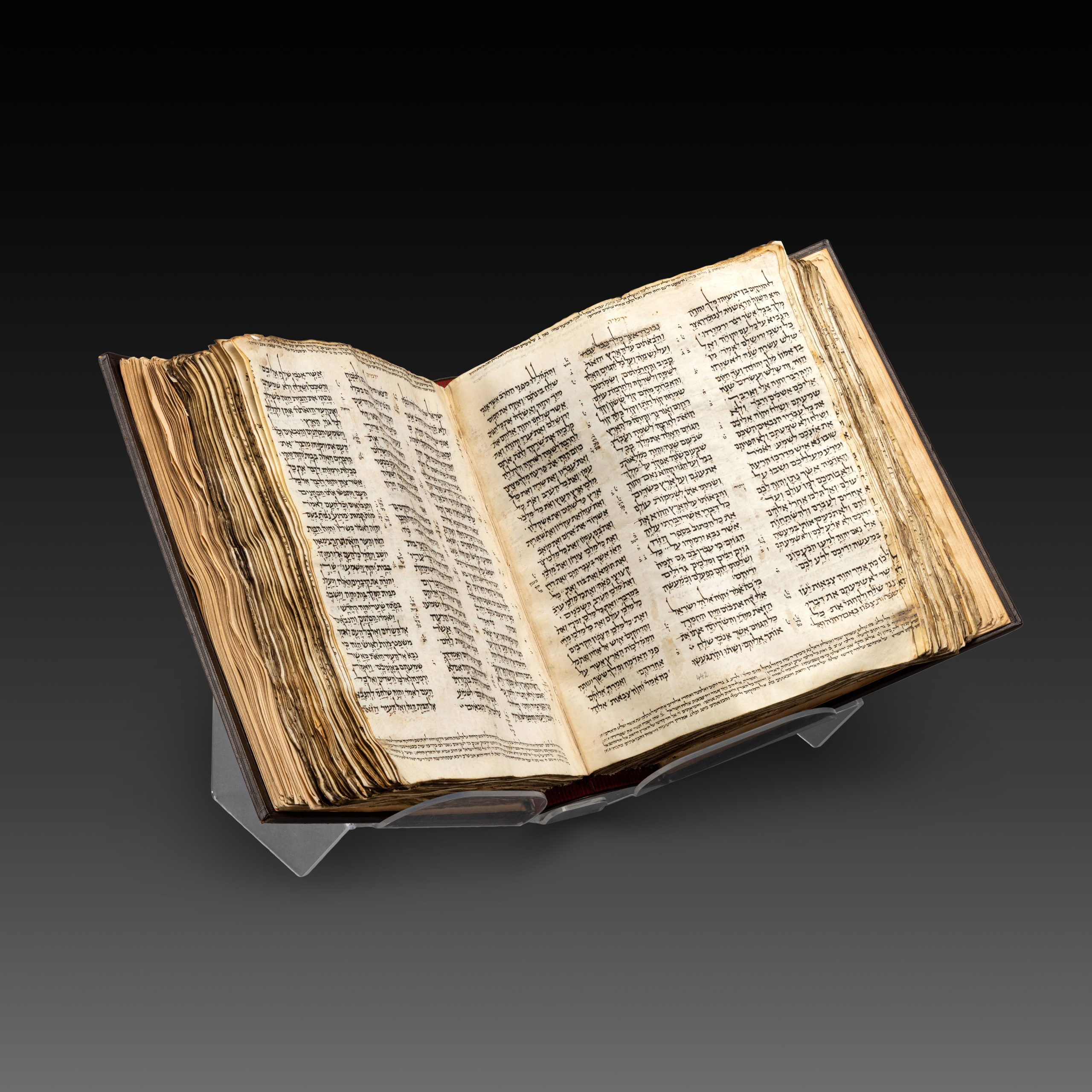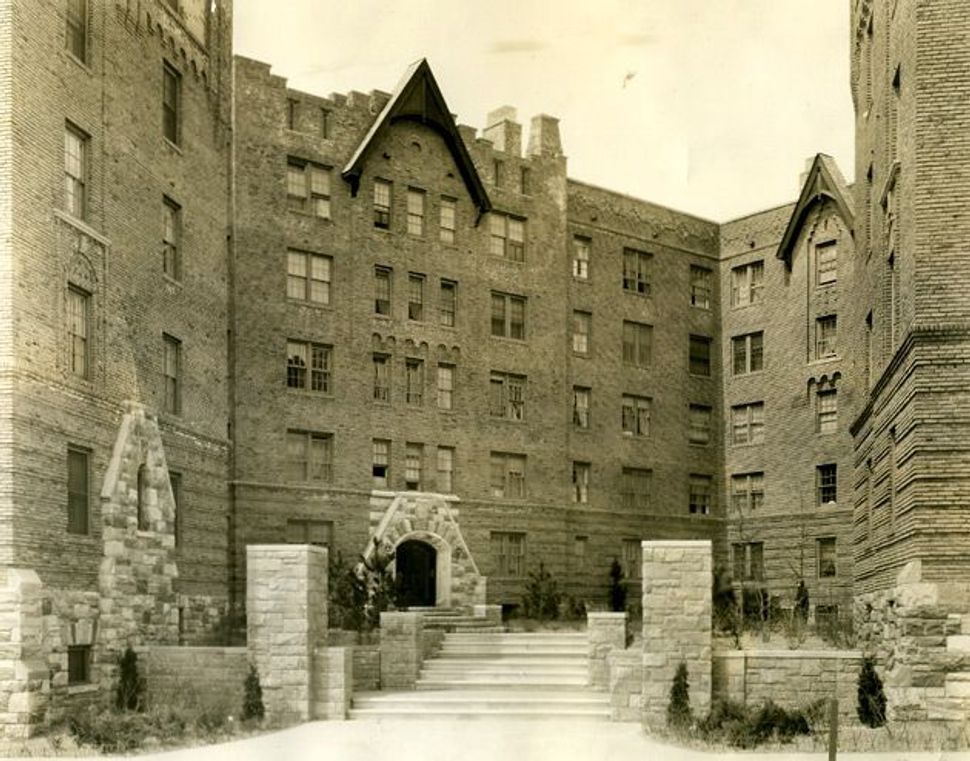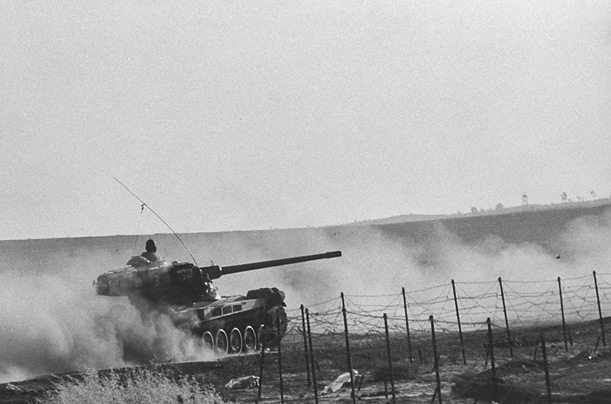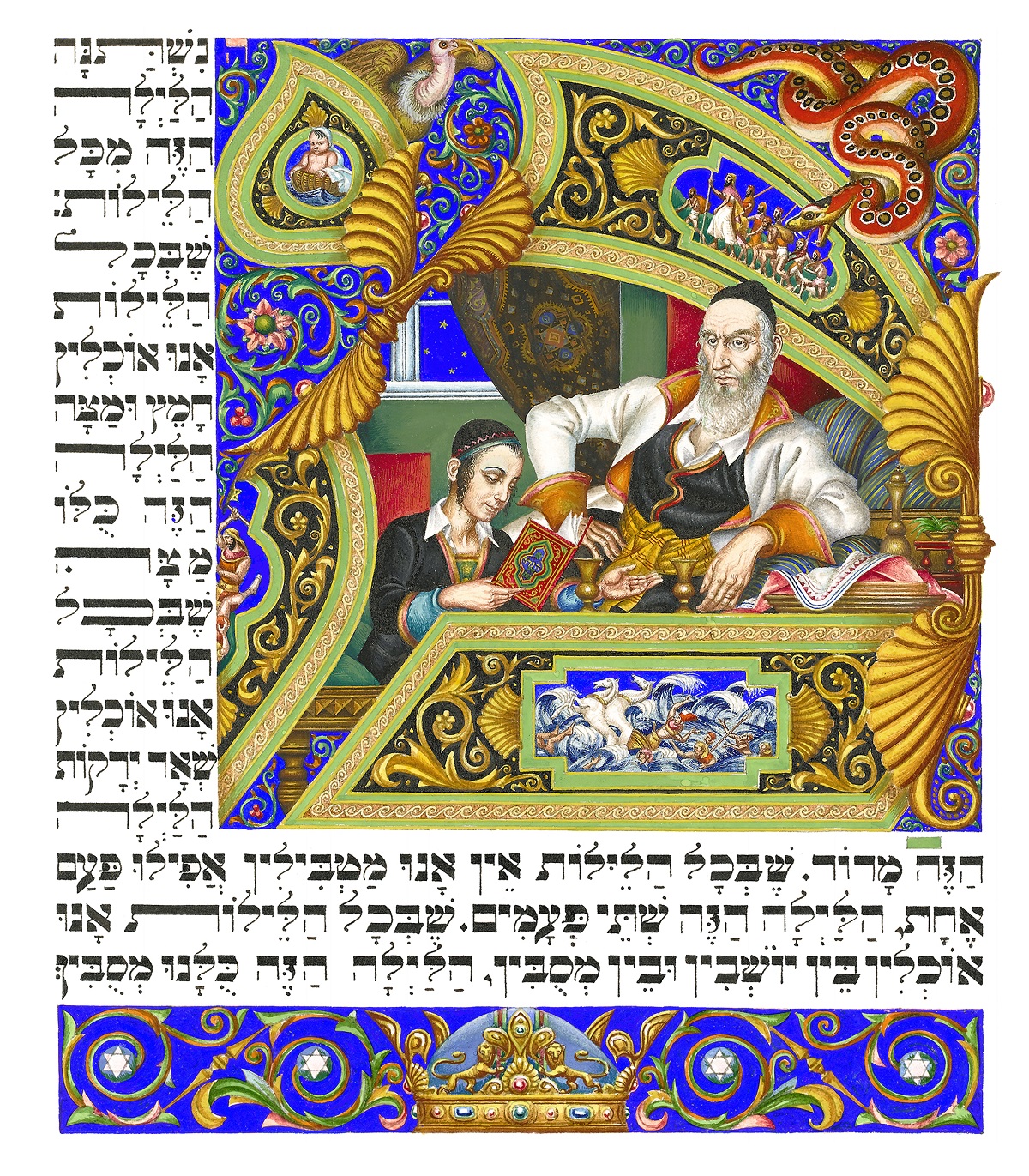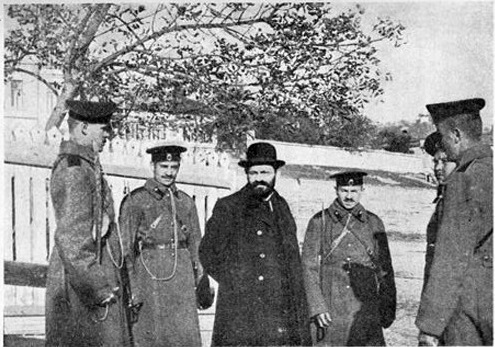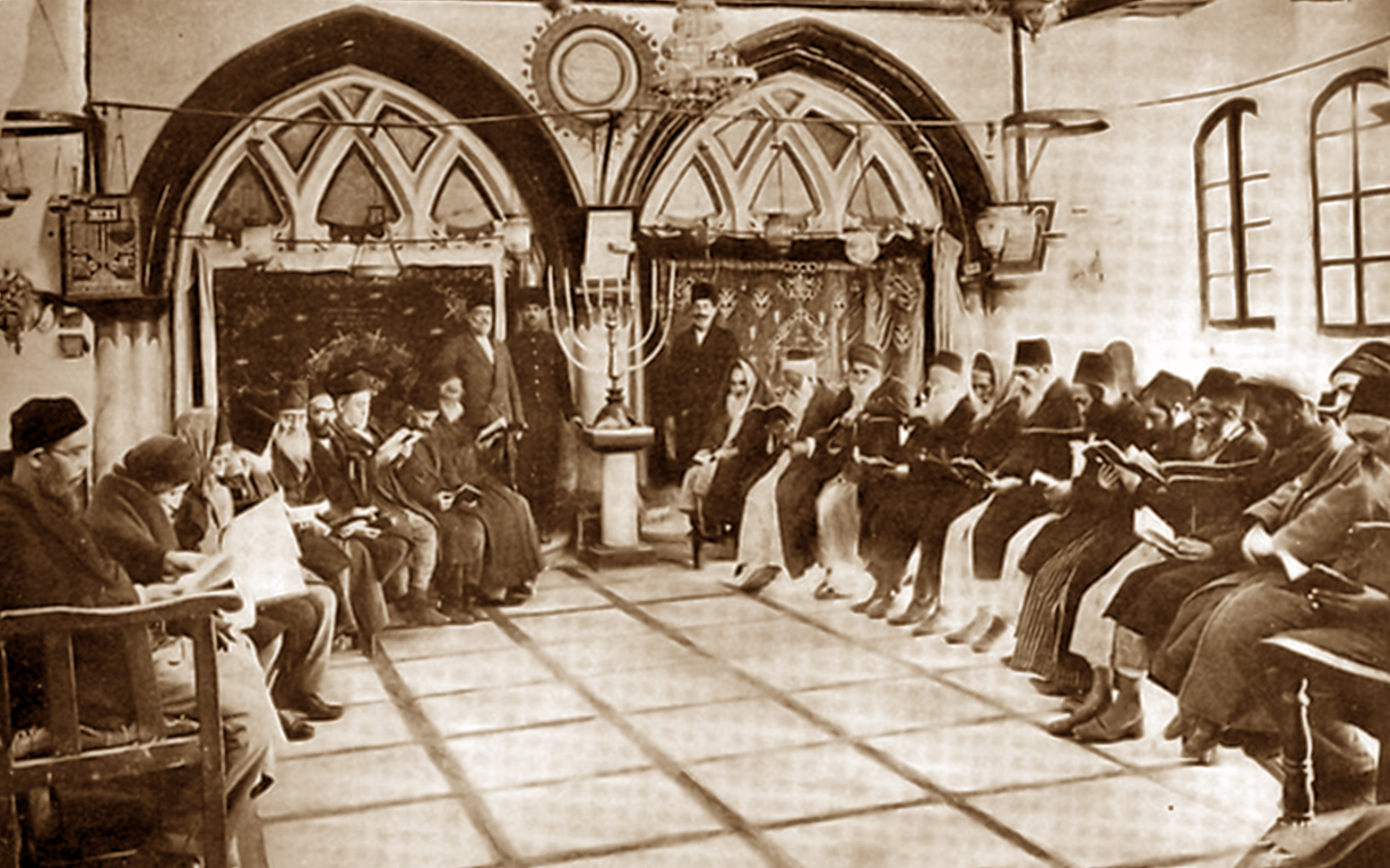
Viva Dineros: The Telenovela That’s the History of the First Banking Family in Pre-State Israel
“The bank was located on El-Batrak Street (present day David Street) in the Old City, near the vegetable stalls and the grocery stores, which also sold fish. The bank itself was situated between two vegetable stalls, whose crates took up a large part of the street. You would enter via a narrow passageway, at the end which there were two spacious rooms, where Aharon Valero ran his banking business.” That’s how Gad Frumkin described Jacob Valero & Company, the first private bank in pre-State Israel, in his book Derech Shofet B’Yerushalayim – The Path of a Judge. The bank’s founder,[…]
